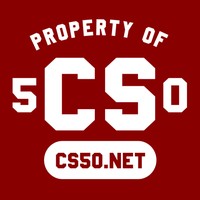De fleste økosystemer som app butikker er enten åpne eller kuratert. Men hvorfor kan ikke vi ha både? Vel, vi kan — alt du trenger er tre verb: publisere, finne, og som. Det gjelder for teknologi og alt annet.
Vanligvis er det to alternativer når du ønsker å publisere en app: publisere det til noe som iOS App Store (der folk vil finne din app, men Apple lesere kan nekte innsending) eller bare sette det på nettstedet ditt (hvor det er lett å publisere, men det er ingen garanti noen vil se det.) Not the greatest set of options.
Isn’t there a way to combine the strengths of both of these to make for the best possible experience for both publishers and consumers? I think there is. It’s called an open and curated ecosystem. Let’s take a look at:
- What open og curated ecosystems are
- Examples of open and curated ecosystems
- What you need to make an open and curated ecosystem
- Examples of these ecosystems beyond just technology
and see if we can discover something about the power of crowdsourcing, innovation, and the three verbs publisere, finne, og som.
Curated vs. open ecosystems
The iOS App Store and open internet, among others, er app ecosystems — places where apps can be published and found. And I think the big factors that differentiate one ecosystem from another are whether the ecosystem is open, where anyone can publish apps and whether it is curated, where the best apps rise to the top and users are assured quality apps. That’s the major difference between the iOS store and the internet at large, which I mentioned earlier.
Let’s look at examples of curated and open ecosystems and what differentiates them.









